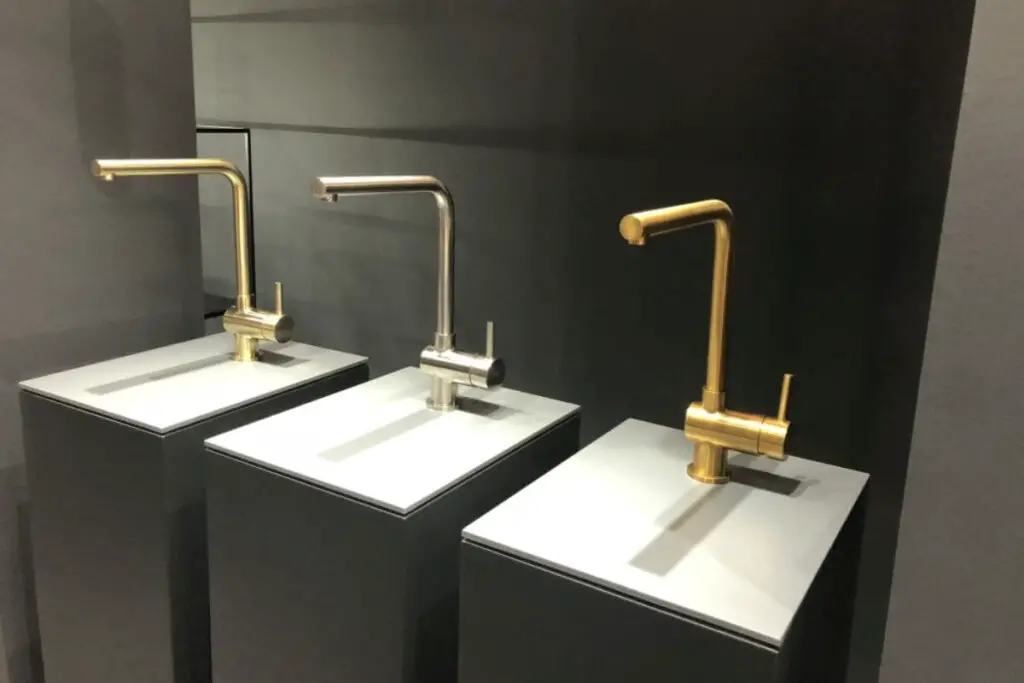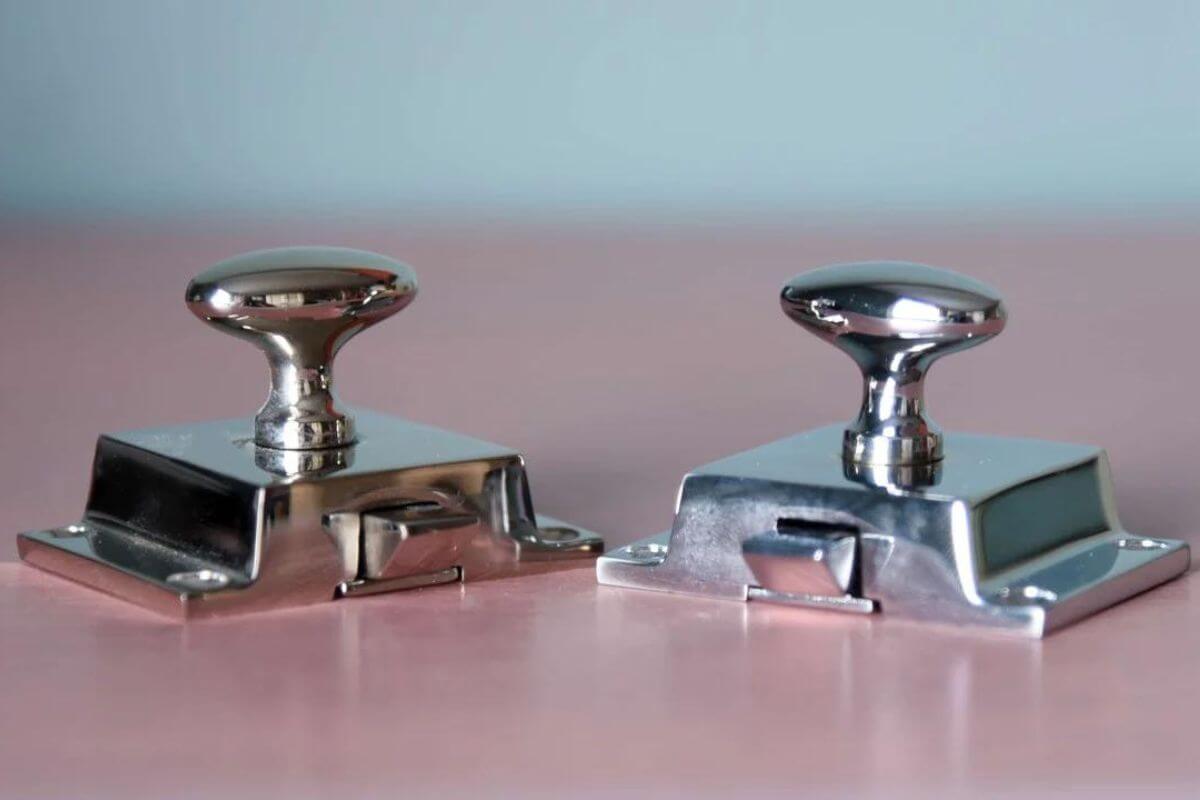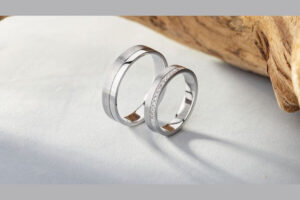Introduction
When it comes to home decor and renovation, even the smallest details matter. One of the often-overlooked yet crucial aspects of interior design is the choice of finishes, particularly in areas like faucets, doorknobs, and cabinet hardware. Among the various finishes available, satin nickel and chrome stand out as popular options. In this article, we’ll explore the key differences between satin nickel and chrome finishes to help you make an informed decision for your home.
Satin Nickel: Subtle Elegance
What Is Satin Nickel?
Satin nickel is a finish that exudes understated elegance. It is achieved by applying a nickel plating over a base metal, followed by a satin finish, which gives it a matte appearance with a slight sheen. This finish is versatile and can complement a wide range of interior styles.
Advantages of Satin Nickel

1. Timeless Aesthetics
Satin nickel’s muted, soft sheen adds a touch of sophistication to any room. It’s a classic choice that never goes out of style, making it ideal for both traditional and contemporary settings.
2. Durability
The nickel plating makes satin nickel hardware resistant to corrosion and tarnishing. It can withstand the test of time, maintaining its attractive appearance for years.
3. Versatility
Satin nickel pairs well with various color palettes, making it easy to incorporate into your existing decor. Whether you have warm or cool tones in your home, satin nickel complements them seamlessly.
Chrome: Sleek and Shiny
What Is Chrome?
Chrome is known for its high-gloss, mirror-like finish. It is achieved by electroplating a thin layer of chromium onto a metal surface. This process results in a shiny, reflective surface that catches the light and adds a contemporary flair to any space.
Advantages of Chrome
1. Modern Aesthetics
Chrome’s dazzling shine is perfect for modern and minimalist interiors. It creates a sleek and polished look that’s often associated with a cutting-edge design.
2. Easy Maintenance
Chrome is exceptionally easy to clean and maintain. A simple wipe with a damp cloth will keep it looking as good as new, making it a practical choice for high-traffic areas.
3. Reflective Properties
Chrome’s reflective surface can make small spaces appear larger and brighter by bouncing light around the room, enhancing the overall ambiance.
Making the Choice
Now that we’ve explored the characteristics of satin nickel and chrome, the question arises: which one is right for you? The answer depends on your personal preferences and the style of your home.
When to Choose Satin Nickel
- If you prefer a timeless and versatile finish.
- If you have a traditional or transitional interior design.
- If you want hardware that ages gracefully without losing its appeal.
When to Choose Chrome
- If you’re drawn to modern, sleek aesthetics.
- If your home has a contemporary or industrial design.
- If you value easy maintenance and a shiny, reflective look.
Conclusion
In the satin nickel vs. chrome debate, there is no clear winner. Both finishes have their unique charm and advantages, making them suitable for different design preferences. Ultimately, the choice comes down to your personal taste and the ambiance you want to create in your home.
FAQs
1. Is satin nickel more expensive than chrome?
Satin nickel and chrome finishes are often priced similarly, so cost shouldn’t be the primary factor in your decision-making process.
2. Can I mix satin nickel and chrome in the same room?
Yes, you can mix these finishes, but it’s essential to do so thoughtfully. Consider balance and cohesion when combining different finishes.
3. Does satin nickel tarnish over time?
While satin nickel is resistant to tarnishing, it can develop a patina over time, which some people find appealing as it adds character to the hardware.
4. Are there any environmental considerations when choosing between these finishes?
Chrome plating can involve more chemicals and energy in its production, making satin nickel a potentially more environmentally friendly choice.
5. Can I paint over satin nickel or chrome hardware if I want to change the finish?
Yes, it is possible to paint over these finishes, but it requires proper preparation and the right type of paint to ensure a durable result.



